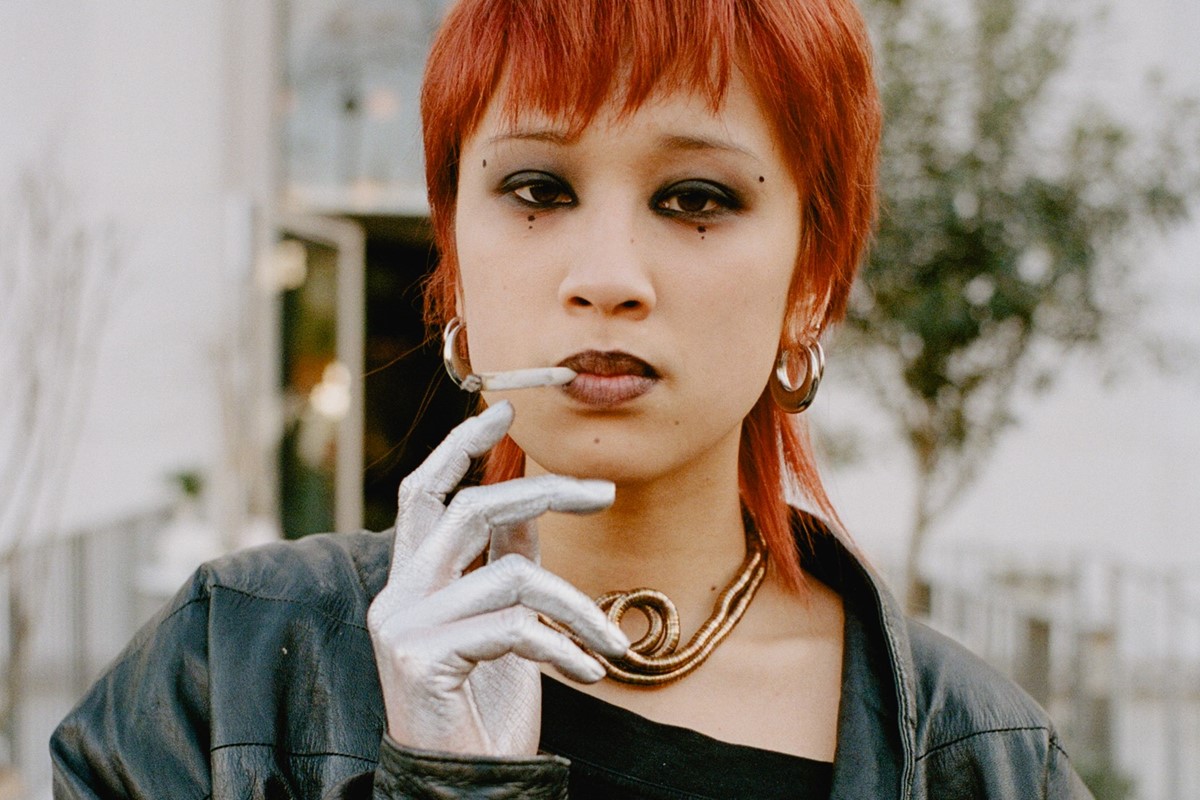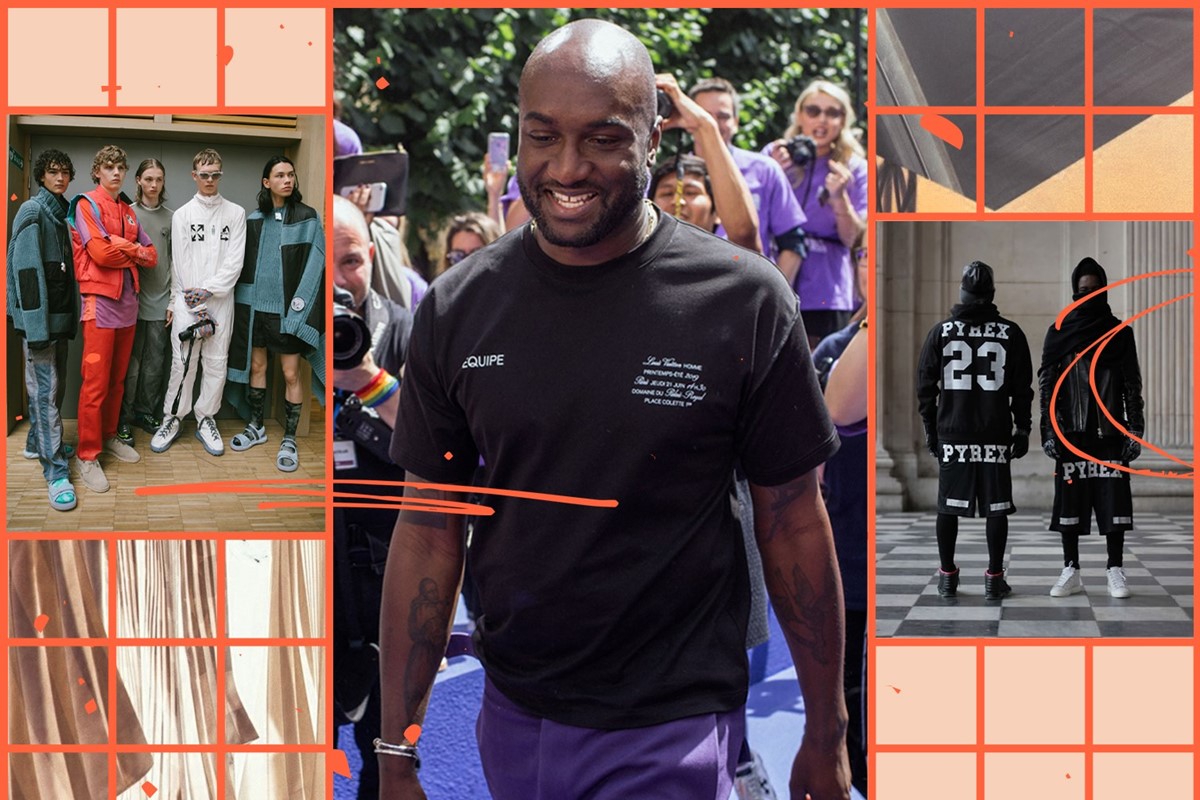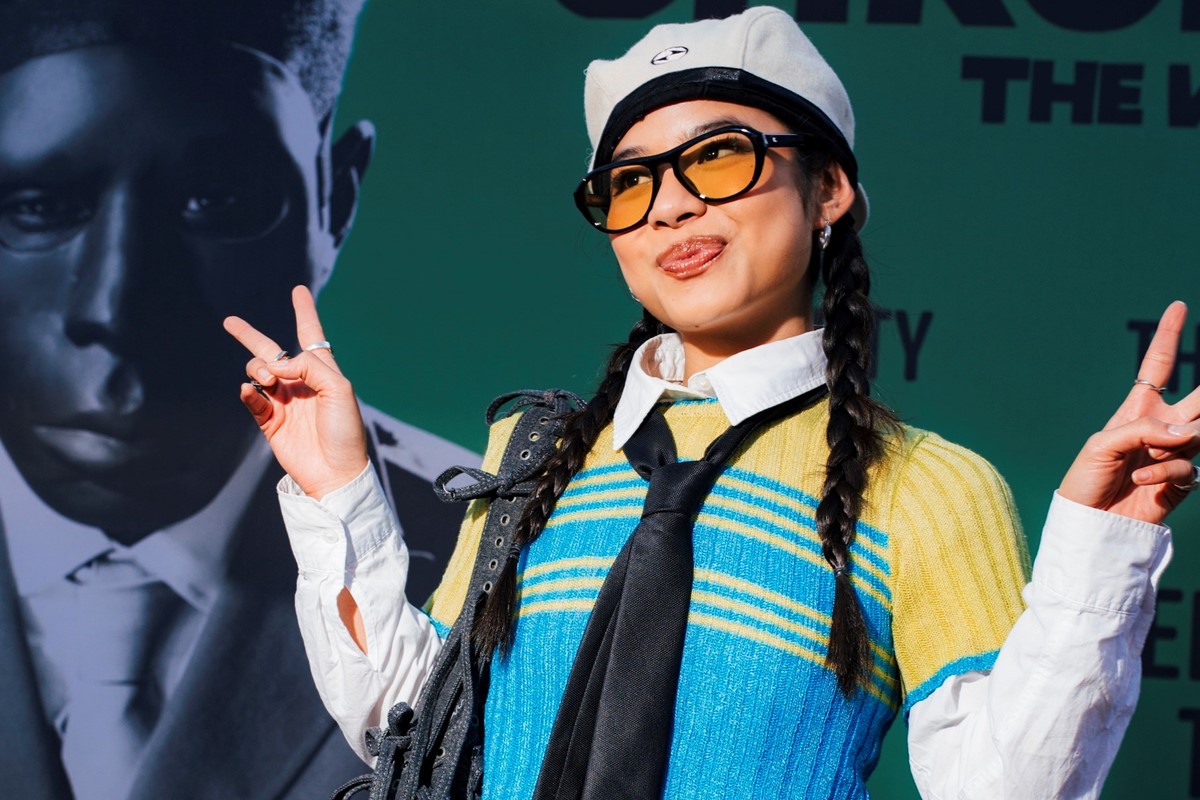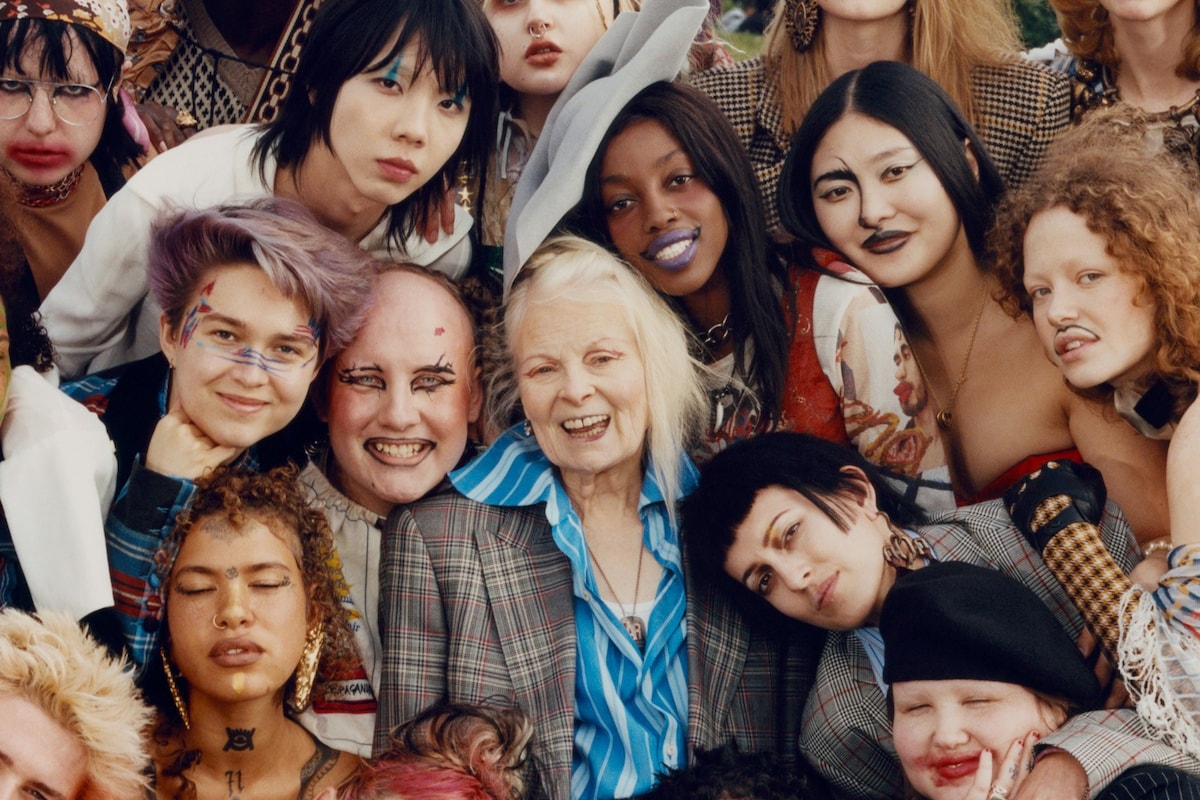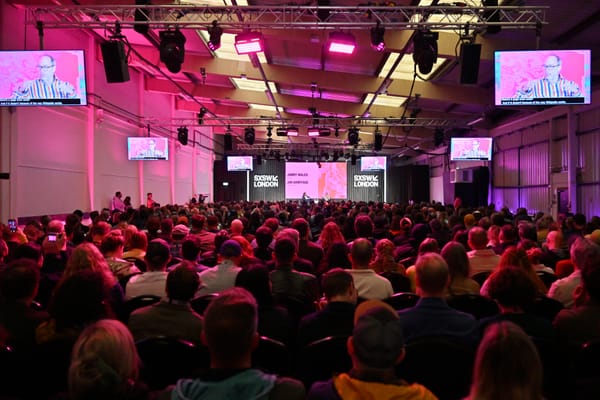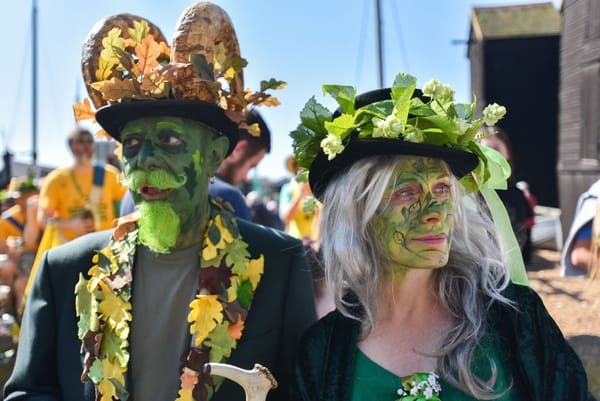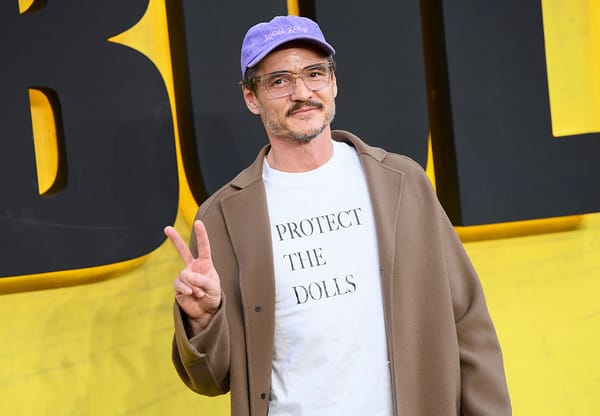Are we really over the hype? What streetwear means today
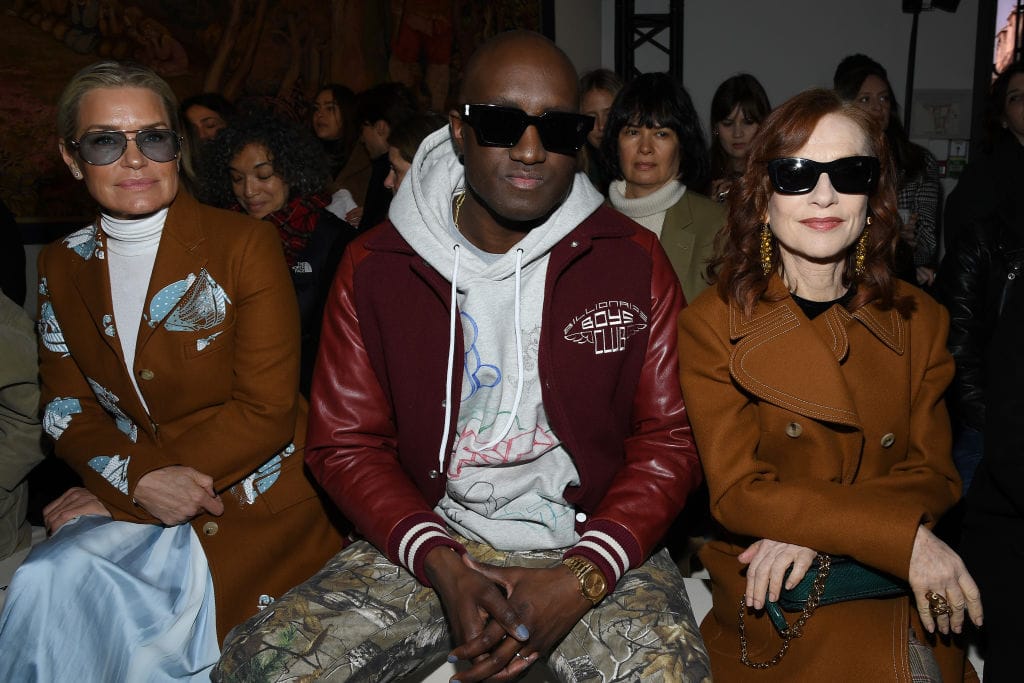
We held our second instalment of Dazed Studio Insights (Live) on Wednesday, where Jack Sunnucks, Creative Director of Dazed Club, and Elliot Hoste, Dazed's Fashion Writer, discussed the evolution of youth style and streetwear, and where they think it's heading. Here are the takeaways from their conversation.
A short history of streetwear
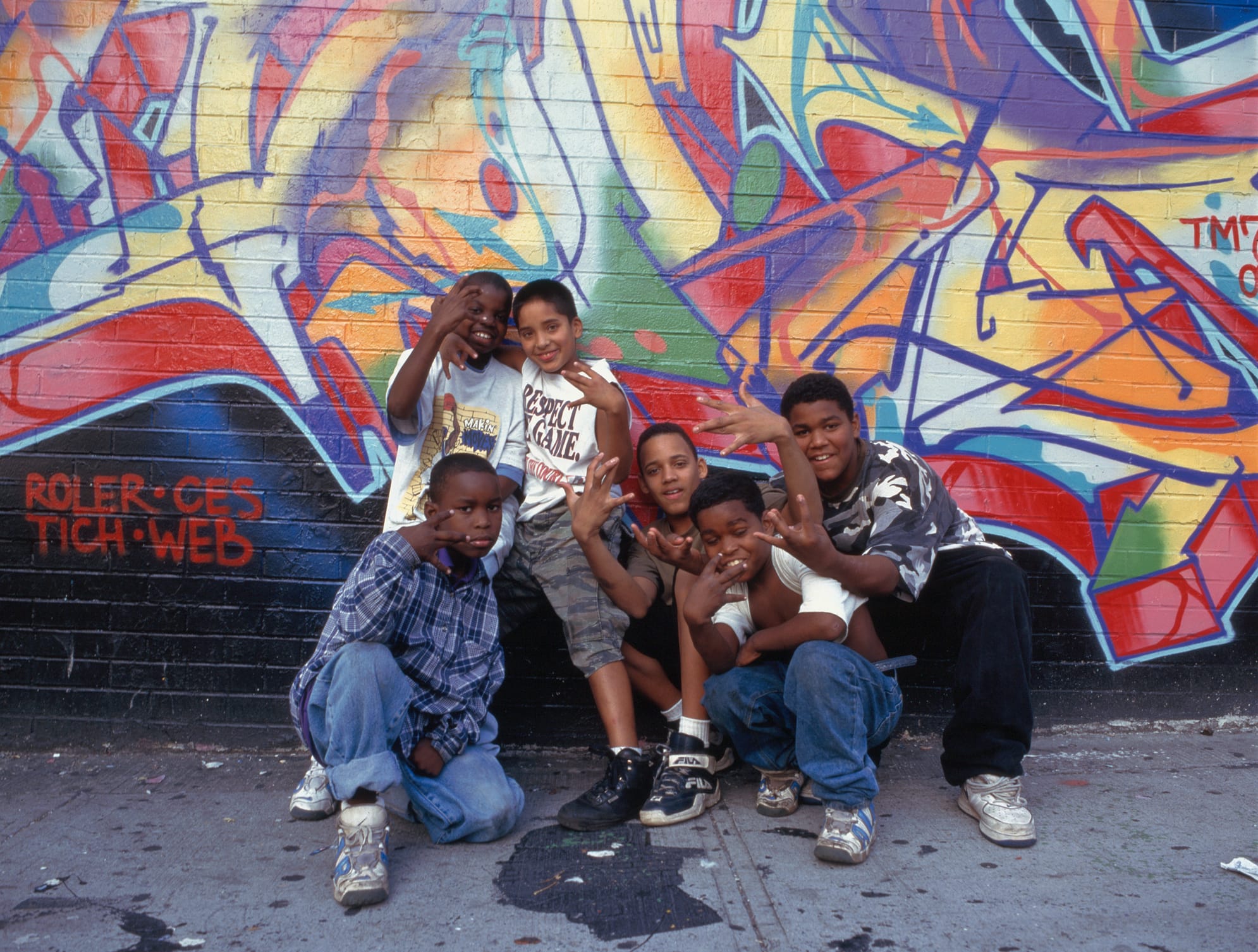
Streetwear originated in California’s surf and skate culture during the late 1970s and early 1980s. Simultaneously, hip-hop culture in New York City was developing its own fashion style, emphasising bold logos, sneakers, and sportswear.
The 1990s saw the rise of more underground, niche streetwear brands, including Supreme, mixing skateboarding, punk, and NY hip-hop culture, and A Bathing Ape (BAPE), which combined Japanese design with Americana hip-hop influences. These brands used limited releases and exclusivity to build hype, setting the foundation for today’s drop culture.

In the 2000s, streetwear became more international and started intersecting with luxury fashion. Artists like Pharrell Williams and Kanye West became key influencers, launching their own lines, including Billionaire Boys Club and Yeezy. But what has streetwear become today?
Defining streetwear is challenging: contemporary vs. heritage

“Streetwear is non-designer fashion; a lot of [Dazed Club] members might have the odd luxury item, but the majority of what they are wearing is faster fashion or Vinted.”
- Jack Sunnucks, Creative Director, Dazed Club
“Is streetwear just people wearing stuff on the street, or is it linked to the American influence of 90s/00s hip-hop culture, the subcultures of skate? These forms of streetwear used to be more of a thing before the internet and Instagram were huge, and I still think it primarily exists within these domains, but now it is more of an online subculture. I think streetwear has changed in the last decade, 15-20 years, as well as how we consume it.”
- Elliot Hoste, Fashion Writer, Dazed
"Cool" is becoming less so
“Cool has become a lot more accessible and mainstream, because the barrier for entry has become a lot lower, the internet has democratised the term “cool”; less of the “if you know you know” in-crowd, a lot less elusive. It was a lot harder back in the day to access those things. There's always going to be a reaction against that, as for the über cool in-crowd, they need to find something “cooler than cool.”
- Elliot Hoste, Fashion Writer, Dazed
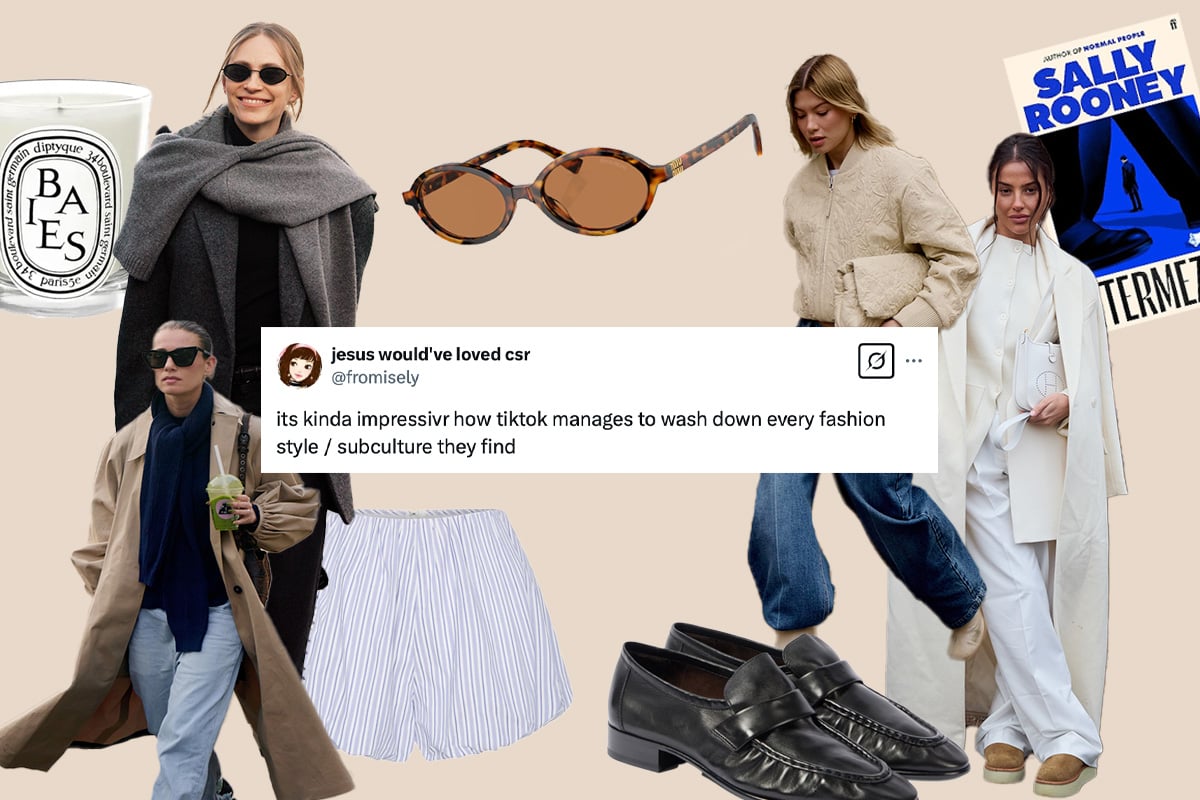
"Young people's style is giving confusion; we are living through very confusing times. I was confused growing up, but I would be even more confused now. People want to be part of an in-crowd to be “cool” but there are so many options now that it is confusing."
- Elliot Hoste, Fashion Writer, Dazed
Making an effort counts!

“Dressing up is back, which is really exciting. Just from looking around the office and looking at our events, sneakers and normcore and hoodies, which was the office uniform for trendy startups in the last decade, is definitely out. Accessorised to the max is back, whether that’s keychains or clompy shoes that make a sound when you are walking around, hats. I get the impression that it’s slightly lame to not make an effort, which says something about our tech overlords, who are taking all their meetings in a grey hoodie.”
- Jack Sunnucks, Creative Director, Dazed Club
Cult following is back - and it says something about the state of society

“Designer fandoms are still going really strong. We’ve definitely had 5 really strong years of Demna influenced fashion, Eastern-European, gothic influence, and I think that really continues. I’m excited for the new Gucci, new Dior eras. Also all the Vinted clothes coming through at the moment are stuff that I was wearing as a teenager. I get a shock when I see things I was wearing being re-worn.”
- Jack Sunnucks, Creative Director, Dazed Club
Cult figures as brand directors do drive success - however, it may only be short-lived. The British Fashion Council's 2024 UK Fashion DEI Report showed that consumers place more value on inclusive, diverse, and innovative leadership teams, with around 50% of millennials considering a brand's stance on gender equity important when making purchasing decisions.
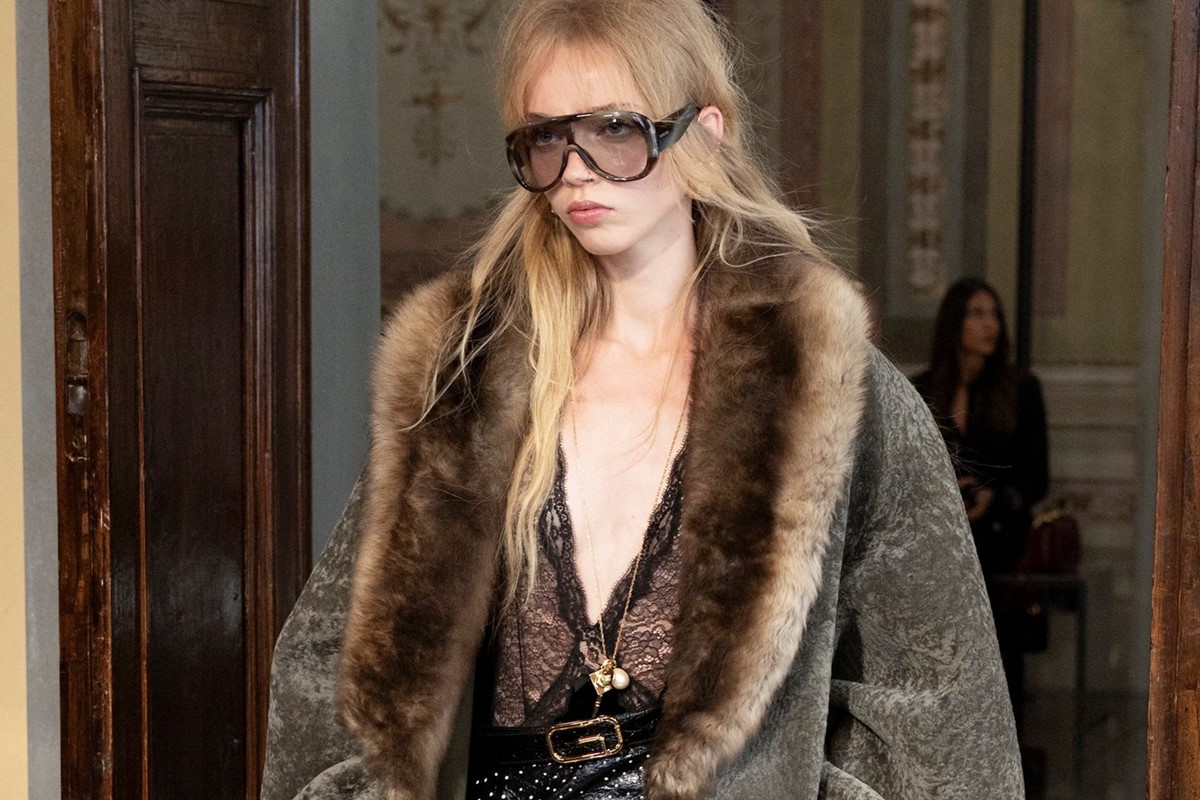
What does streetwear mean to young people today?
We asked our wider Dazed audience:
"Streetwear is both retro and fresh style and fashion."
- Jazzie
"I think streetwear has become dressier and more luxury than it used to be."
- Alice
"Streetwear to me means comfort and confidence, being part of a subculture."
- Stefania
“I think it means casual clothing that’s “hype” and expensive. Like even sporty clothing that’s considered elevated and fashionable.”
- Simone
What does streetwear mean to you?
Further reading:
